The world’s oceans are drowning in plastic, with polyethylene terephthalate (PET) bottles and packaging accounting for a significant portion of the waste. Traditional recycling methods have proven insufficient, leaving scientists scrambling for innovative solutions. Now, a groundbreaking discovery involving marine microorganisms equipped with specialized "enzyme scissors" offers a glimmer of hope. These tiny but mighty organisms could hold the key to large-scale PET degradation, potentially revolutionizing how we tackle plastic pollution.
Nature’s Answer to a Man-Made Problem
In 2016, Japanese researchers made a startling discovery at a PET bottle recycling facility: a bacterium named Ideonella sakaiensis that had evolved to consume PET as its primary energy source. This microbe produces two unique enzymes—PETase and MHETase—that work in tandem to break down PET into its basic building blocks, terephthalic acid and ethylene glycol. These compounds can then be repurposed to create new plastics or other materials, effectively closing the recycling loop.
Since then, scientists have identified additional marine microbes with similar capabilities, particularly in ocean environments where plastic waste accumulates. These organisms have naturally adapted to the synthetic polymer, developing enzymatic tools to dismantle PET’s strong molecular bonds. What makes this discovery even more remarkable is that PET has only existed for about 80 years—a blink of an eye in evolutionary terms. The rapid adaptation of these microbes suggests an extraordinary capacity for biological innovation in response to human-made environmental pressures.
From Lab to Industry: Scaling Up the Solution
While the scientific breakthrough was profound, translating it into an industrial-scale solution presented significant challenges. Early attempts to harness these enzymes faced hurdles such as low efficiency, instability at higher temperatures, and difficulty in mass production. However, recent advancements in protein engineering and synthetic biology have dramatically improved the enzymes’ performance.
Researchers have used techniques like directed evolution to enhance the enzymes’ speed and durability. In some cases, modified versions of PETase can degrade PET up to six times faster than the original enzyme. Companies are now piloting large fermentation tanks where these supercharged microbes or their isolated enzymes break down PET waste continuously. One promising approach involves pre-processing plastic into microparticles or thin films to increase the surface area for enzymatic action, significantly accelerating degradation rates.
The Ocean Connection: Why Marine Microbes Matter
Marine-derived plastic-degrading enzymes offer distinct advantages over their terrestrial counterparts. Having evolved in salty, variable conditions, these enzymes often remain stable in the harsh environments typical of industrial processes. Some marine microbial enzymes even function well at low temperatures, reducing energy requirements for large-scale operations.
Perhaps most importantly, marine microbes have shown the ability to degrade weathered plastic—the kind that’s been exposed to sun and waves in ocean environments. This is crucial because sunlight-oxidized plastic is typically more challenging to break down than pristine material. By harnessing these ocean-adapted enzymes, scientists hope to develop systems that can clean up existing marine plastic while also processing land-based waste before it reaches the sea.
Challenges and the Road Ahead
Despite the excitement surrounding this technology, significant obstacles remain before it can be widely implemented at scale. The economics of enzymatic recycling must compete with conventional plastic production, which remains cheap due to subsidized fossil fuel inputs. There are also concerns about ensuring the breakdown products are pure enough for high-quality plastic reproduction versus being "downcycled" into lower-value materials.
Researchers are now working to create enzyme cocktails that can handle mixed plastic waste streams and colored/dyed PET, which currently resists enzymatic breakdown. Another frontier involves engineering the microbes or enzymes to work directly in seawater, potentially enabling in-situ treatment of ocean plastic accumulations like the Great Pacific Garbage Patch.
As governments worldwide implement stricter regulations on plastic production and waste, biological solutions like marine microbe enzymes are gaining traction as part of a comprehensive strategy against plastic pollution. While not a silver bullet, this innovative approach—inspired by nature and enhanced by science—could dramatically reshape our relationship with plastic in the coming decades.
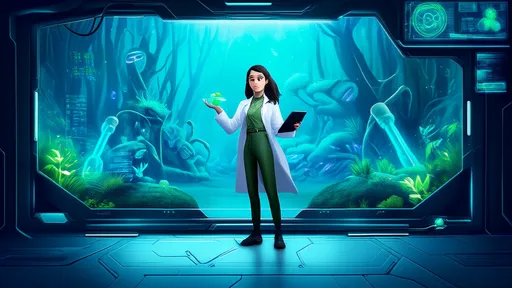
By /Aug 7, 2025
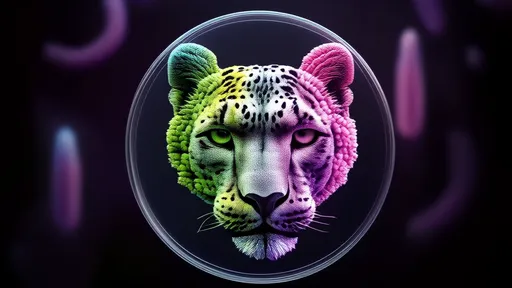
By /Aug 7, 2025

By /Aug 7, 2025
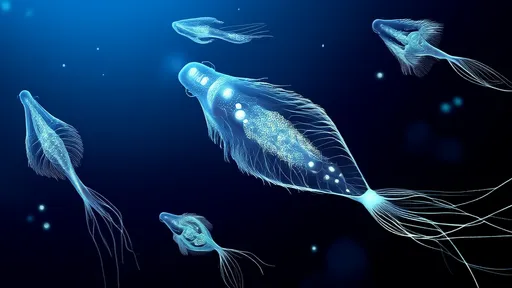
By /Aug 7, 2025
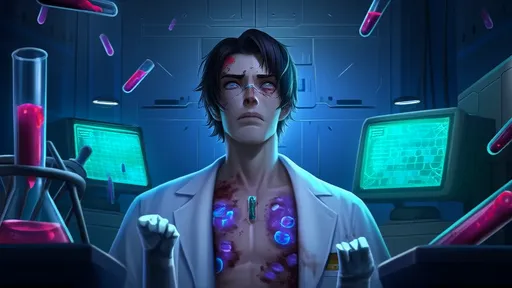
By /Aug 7, 2025
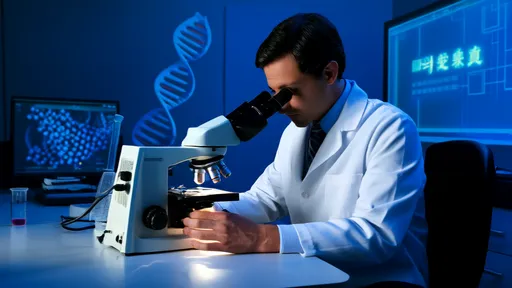
By /Aug 7, 2025
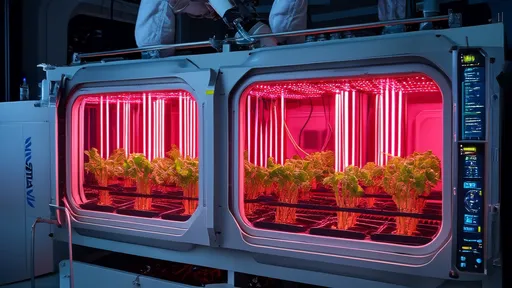
By /Aug 7, 2025
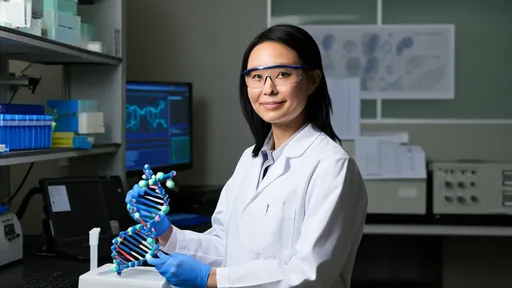
By /Aug 7, 2025
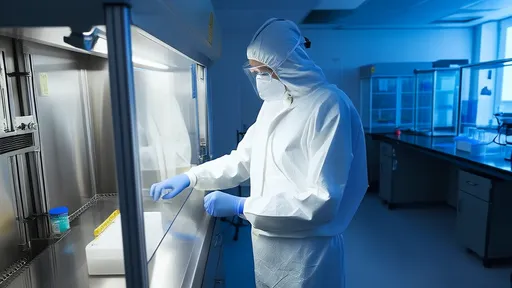
By /Aug 7, 2025
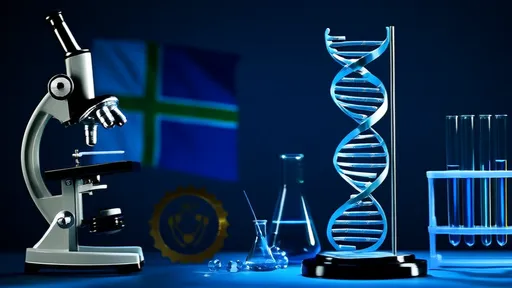
By /Aug 7, 2025
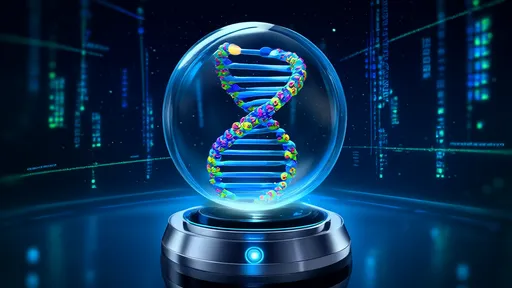
By /Aug 7, 2025
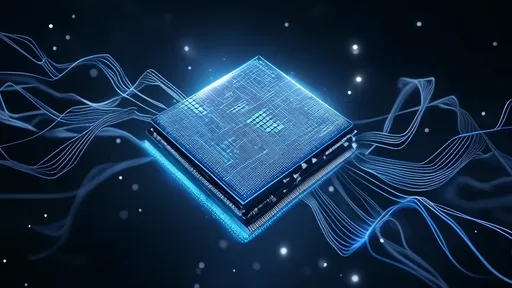
By /Aug 7, 2025
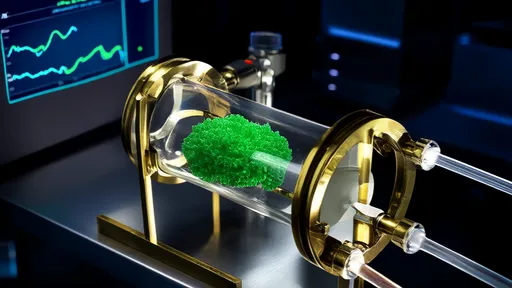
By /Aug 7, 2025
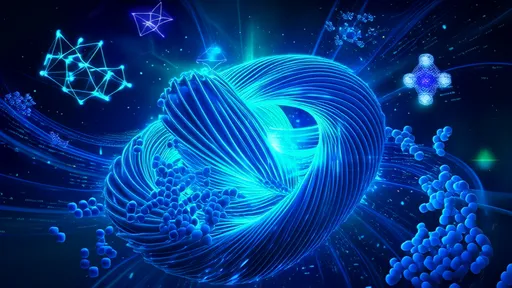
By /Aug 7, 2025
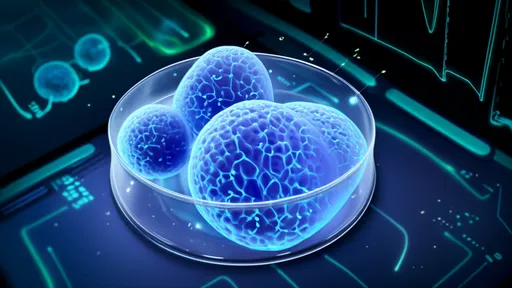
By /Aug 7, 2025
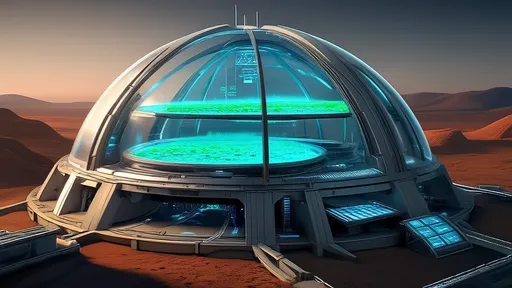
By /Aug 7, 2025
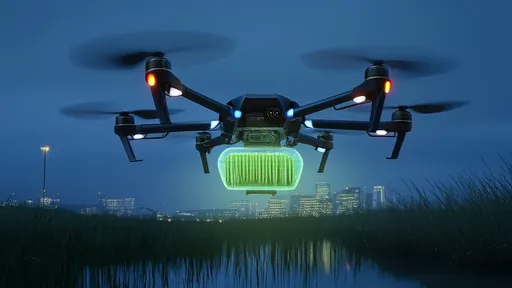
By /Aug 7, 2025
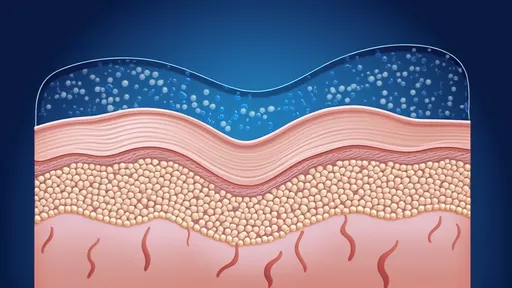
By /Aug 7, 2025
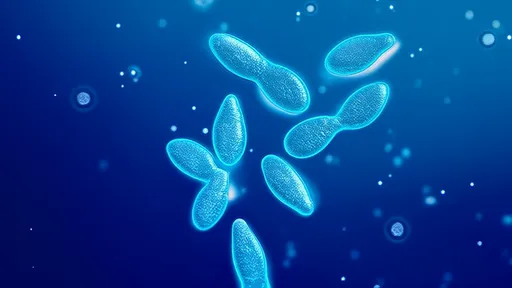
By /Aug 7, 2025
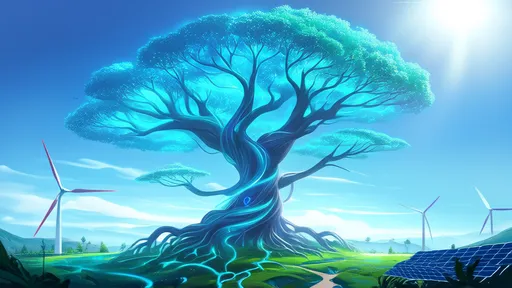
By /Aug 7, 2025